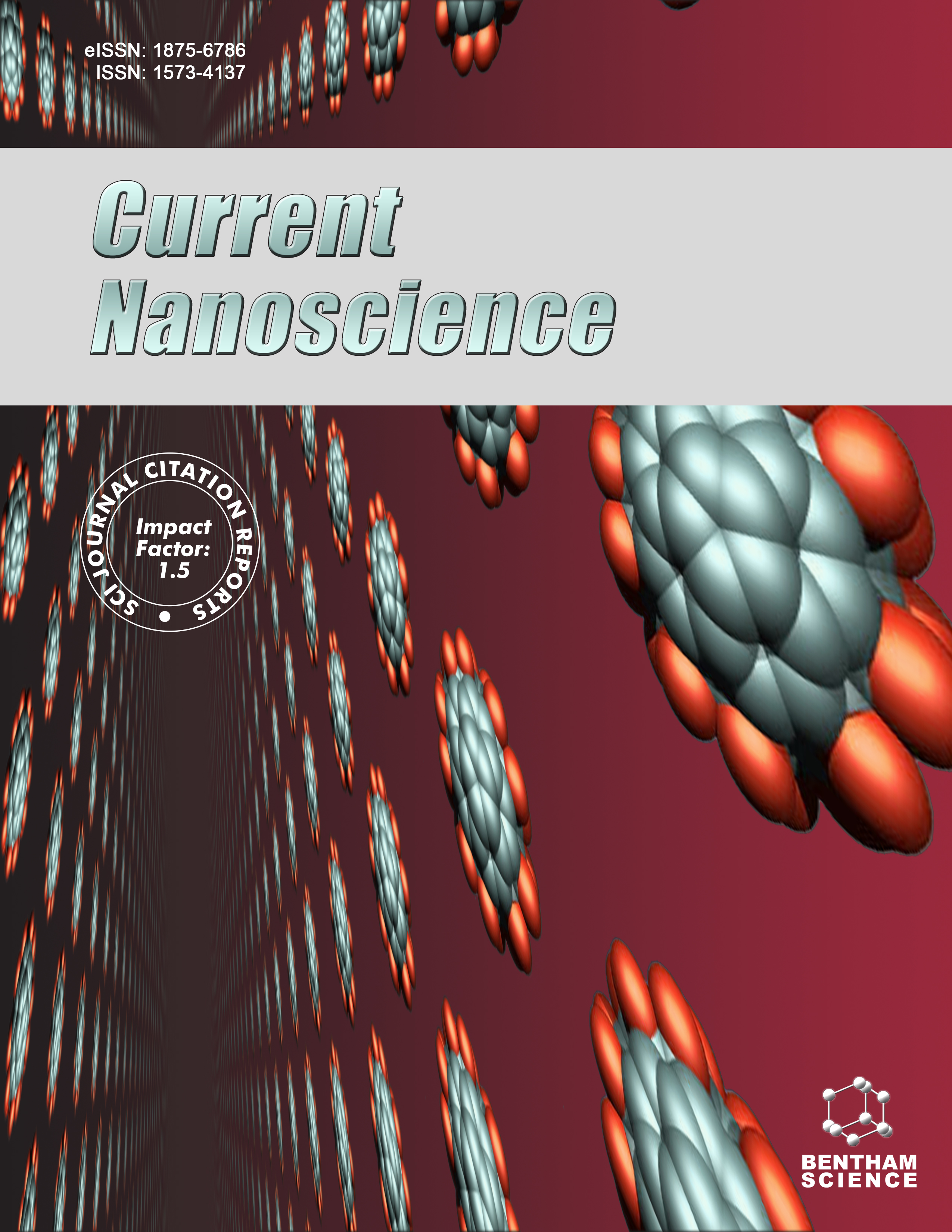
Full text loading...
We use cookies to track usage and preferences.I Understand

In recent years, azo dyes have become the dominant choice in the textile industry, accounting for about 60-70% of all dyes used, which has led to growing environmental concerns.
This research focused on the photocatalytic degradation of methyl orange (MO) and methyl green (MG) dyes using a novel g-C3N4 (GCN)/polyaniline (PANI)/Ag composite under visible light.
This composite was synthesized through a straightforward preparation process and characterized by using various techniques, including UV-visible spectroscopy (UV-Vis), Fourier-transform infrared spectroscopy (FTIR), scanning electron microscopy (SEM), and cyclic voltammetry (CV).
Characterization results confirmed the incorporation of PANI and Ag nanoparticles into the GCN matrix. This composite enhanced the visible light absorption and improved charge separation, leading to increased photocatalytic efficiency. Photocatalytic experiments were conducted under visible light irradiation with a catalyst dosage of 10 mg in a 10-ppm solution of the MO and MG dyes mixture.
The GCN/PANI/Ag composite achieved significant degradation efficiencies of 70% for MO and 69% for MG within 120 minutes. The degradation process followed first-order kinetics, with rate constants of 0.0087 min−1 for MO and 0.0086 min−1 for MG, respectively. Reusability tests showed that the composite retained over 60% of its initial efficiency after five cycles. These findings highlight the potential of the GCN/PANI/Ag composite as a sustainable and effective photocatalyst for visible-light-driven dye degradation, offering an eco-friendly approach to wastewater treatment.

Article metrics loading...

Full text loading...
References


Data & Media loading...